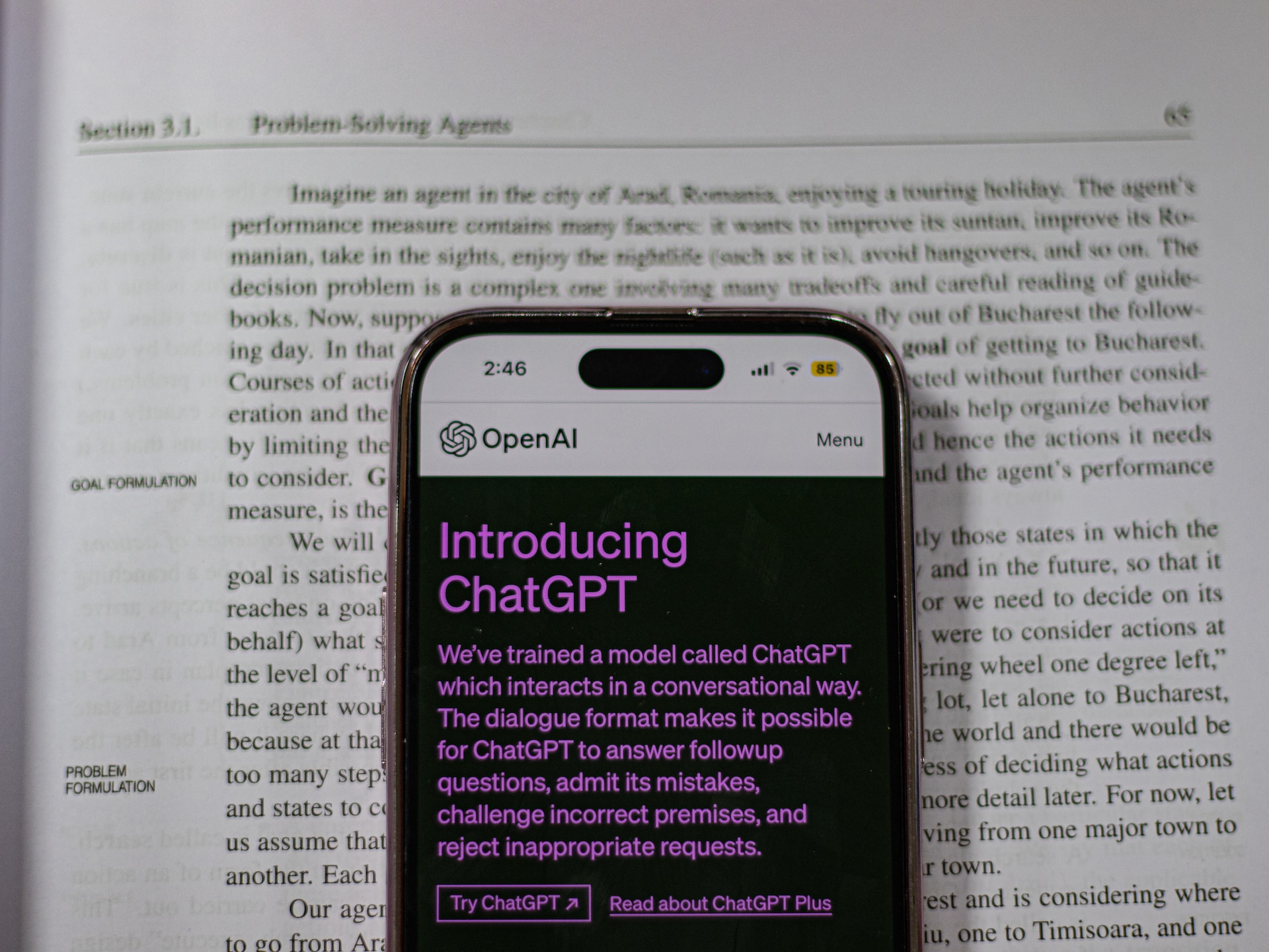Advancements in AI have led to a major shift in how we interact with technology. Now, with the emergence of conversational AI, machines are able to understand and respond to human language in a more intuitive way. This has led to a number of applications in a variety of industries. In this article, we’ll explore the key components of conversational AI, its evolution, benefits, and real-world applications.
Understanding Conversational AI
Conversational AI has taken the world by storm, and it's not hard to see why. This technology has the potential to revolutionize the way we interact with machines, making it easier and more intuitive than ever before. In this article, we'll take a closer look at conversational AI, exploring its key components and how it works.

What is Conversational AI?
Conversational AI, also known as chatbots or virtual assistants, is a technology that uses natural language processing (NLP) to understand and respond to human language. These systems are designed to mimic human conversation, with the goal of improving the user experience. Essentially, conversational AI allows users to interact with machines in the same way they would with another person.
One of the most exciting things about conversational AI is its potential to make technology more accessible. For people who struggle with traditional user interfaces, such as those with disabilities or the elderly, conversational AI can be a game-changer. By removing the need for complex menus and buttons, conversational AI makes it easier for everyone to access the information and services they need.
Key Components of Conversational AI
The key components of conversational AI include:
Natural Language Processing (NLP): This is the technology that allows machines to understand human language. NLP uses algorithms to analyze and interpret language, breaking it down into its component parts.
Natural Language Understanding (NLU): Once the machine has processed the language, it needs to understand the meaning and context behind it. NLU allows the machine to comprehend the nuances of human language, such as sarcasm, humor, and idioms.
Decision Making: Once the machine understands what the user is saying, it needs to decide how to respond. This involves using algorithms to determine the appropriate action or response.
Speech Synthesis: Finally, the machine needs to generate a response that sounds like it's coming from a human. Speech synthesis technology allows machines to create natural-sounding responses that are easy for humans to understand.
Each of these components plays a critical role in creating a conversational AI system that can understand and respond to user input.
How Conversational AI Works
So, how does conversational AI actually work? The process begins when the user inputs a question or command. The conversational AI system then uses NLP and NLU to analyze the language and understand the user's intent. Once the system has a clear understanding of what the user wants, it uses decision-making algorithms to determine the appropriate response.
Finally, the system uses speech synthesis to generate a response that sounds like it's coming from a human. This response is then communicated back to the user, completing the conversational loop.
One of the most important things about conversational AI is its ability to learn and improve over time. As the system interacts with more users, it can gather data and refine its algorithms to provide more accurate and helpful responses. This means that conversational AI systems will only get better with time, making them an exciting technology to watch.
The Evolution of Conversational AI
Conversational AI has come a long way since the early days of chatbots and virtual assistants. Today, these systems are more advanced than ever, thanks to breakthroughs in natural language processing and understanding, as well as the rise of voice assistants.
Early Chatbots and Virtual Assistants
In the early days of conversational AI, chatbots and virtual assistants were the primary forms of interaction. These systems were limited in their capabilities, often only able to respond to specific commands or questions. They were also prone to errors, as they struggled to understand the nuances of human language.
Despite their limitations, chatbots and virtual assistants were still groundbreaking at the time. They paved the way for more advanced systems, and helped to establish the field of conversational AI as a legitimate area of research and development.
Natural Language Processing and Understanding
One of the biggest breakthroughs in conversational AI has been the development of natural language processing (NLP) and natural language understanding (NLU) technologies. These advancements have allowed conversational AI systems to understand and respond to more complex language and requests.
With NLP and NLU, conversational AI systems can now recognize and interpret the subtle nuances of human language, such as sarcasm, humor, and idiomatic expressions. This has led to more advanced systems, with the ability to handle more sophisticated tasks.
The Rise of Voice Assistants
Perhaps the biggest shift in conversational AI has been the rise of voice assistants. With the popularity of devices such as Amazon Echo and Google Home, voice assistants have become a major player in the conversational AI space.
Voice assistants are able to respond to verbal commands and questions, making them even more intuitive and user-friendly than their text-based predecessors. They can also integrate with other smart devices, such as thermostats, lights, and security systems, to create a seamless and integrated user experience.
As conversational AI continues to evolve, it's likely that we'll see even more advancements in the years to come. From more sophisticated NLP and NLU technologies, to even more intuitive and user-friendly voice assistants, the future of conversational AI is certainly exciting.
Benefits of Conversational AI
Improved Customer Experience
Conversational AI has the ability to provide users with immediate and personalized support. This leads to a better overall experience, and can improve customer satisfaction and retention rates.
Increased Operational Efficiency
By automating simple tasks and providing users with self-service options, conversational AI can help organizations streamline their operations and reduce costs.
Enhanced Data Collection and Analysis
Conversational AI systems are able to collect and analyze data from user interactions, providing organizations with valuable insights and feedback. This can help improve products and services, as well as inform marketing and sales strategies.
Scalability and Cost Savings
Conversational AI systems are easily scalable, allowing organizations to handle a large volume of customer interactions without the need for additional personnel. This can lead to significant cost savings over time.

Applications of Conversational AI
Customer Support and Help Desks
Conversational AI can be used to provide users with immediate support and assistance. This can help reduce wait times and improve overall customer satisfaction.
Sales and Marketing
Conversational AI can be used to engage with customers and automate certain sales and marketing tasks. For example, chatbots can be used to provide product recommendations, answer questions, and facilitate purchases.
Healthcare and Telemedicine
Conversational AI has the potential to revolutionize healthcare, allowing for more efficient and effective communication between patients and healthcare professionals. This can lead to improved patient outcomes and reduced costs.
Finance and Banking
Conversational AI can be used to provide financial advice, help users manage their accounts, and automate certain banking tasks. This can help improve overall customer experience and reduce costs for financial institutions.
Conversational AI has the potential to unlock significant benefits for organizations across a variety of industries. By using natural language processing and understanding, decision-making algorithms, and speech synthesis, these systems are able to provide users with a better overall experience, while also improving operational efficiency and reducing costs. As the technology continues to evolve, we can expect to see even more widespread applications and adoption.






